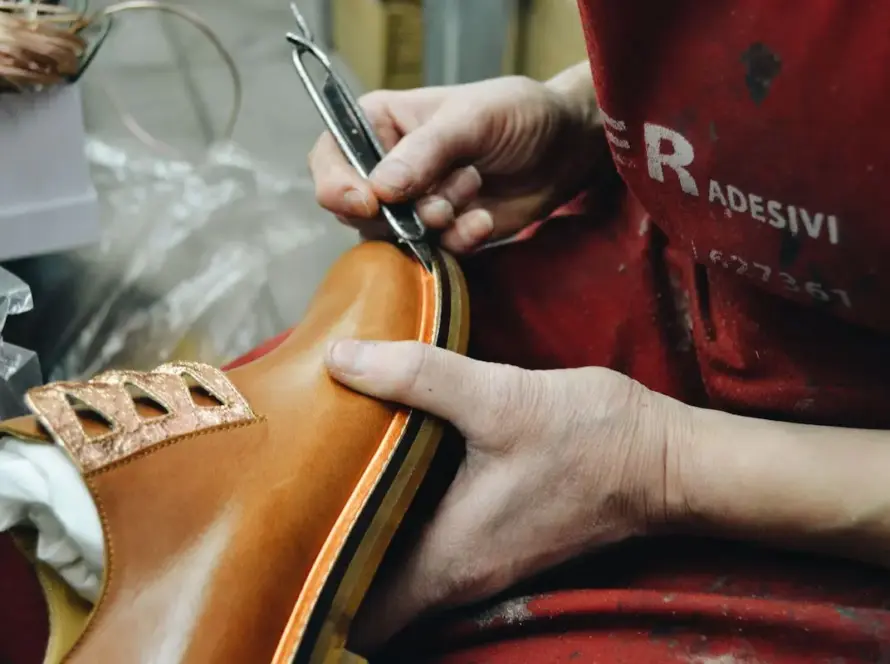When one considers the vast tapestry of American fashion, Native American outfits for women emerge as a vibrant thread woven from the threads of tradition and the dynamism of contemporary design. The essence of Native American dress is steeped in cultural heritage, yet today it captivates the interest of modern fashionistas. To understand this evolution, we delve into the historical significance, the magical artistry of craftsmanship, and the contemporary adaptations of these distinctive garments.
A Brief Historical Overview
Native American clothing was historically influenced by the environment, available materials, and tribal traditions. Traditional garments were not merely functional; they symbolized identity, cultural values, and a connection to the land. Women often adorned themselves with dresses made of animal hides or woven fibers, embellished with intricate beadwork, feathers, and quillwork. Each piece bore its own story, often reflecting the wearer’s status, tribe, or role within the community.
The significance of these outfits transcends mere aesthetics. They served ceremonial purposes, marking life events such as births, marriages, and rites of passage. The colors and patterns embedded in these designs often conveyed deep spiritual meanings, serving as a connection to ancestors and nature. Understanding this rich history allows for a more profound appreciation of Native American outfits as we witness their modern resurgence.
Artistry and Craftsmanship
The craftsmanship involved in creating Native American outfits is nothing short of remarkable. Each piece is often the result of countless hours of labor, infused with talent and tradition. Women artisans apply techniques passed down through generations, utilizing materials such as leather, beads, and natural dyes. This dedication to craftsmanship means that every piece is unique, embodying the spirit of the creator and the traditions of her tribe.
Beadwork, a hallmark of Native American attire, is particularly notable. Each bead, painstakingly sewn into place, contributes to a larger narrative—a visual representation of the wearer’s life journey. Contemporary artisans continue to innovate, blending traditional techniques with modern sensibilities, creating pieces that honor the past while appealing to today’s fashion-conscious demographic.
Modern Adaptations and Influences
In recent years, there has been a resurgence of interest in Native American outfits for women, prominently positioned within the landscape of contemporary fashion. Designers are integrating Native aesthetic elements into their collections, showcasing vibrant colors and intricate patterns that honor traditional significance while appealing to modern tastes. This intersection of tradition and innovation creates a fascinating fashion dialogue.
Modern iterations may include stylized dresses that blend classic cuts with contemporary fabrics, allowing for greater accessibility and wearability. Additionally, indigenous designers, leveraging platforms like Fashion Weeks and social media, are ensuring that authentic Native narratives are represented in the fashion world. Authenticity is paramount, and there is a growing movement to support only those labels and creators committed to preserving indigenous cultures.
Key Elements of Native American Fashion
To truly appreciate Native American outfits, it is essential to understand the key elements that define this unique style:
- Natural Materials: Traditional outfits utilize organic materials sourced from the environment, including leather, cotton, and wool. Modern adaptations continue to incorporate these natural elements, aligning with a burgeoning emphasis on sustainable fashion.
- Beadwork and Embellishments: Intricate beadwork remains central to Native American apparel. Contemporary designers often embellish garments with beads and other decorative elements, ensuring that each piece continues to tell a story.
- Symbolism: Colors and patterns in Native American textiles carry diverse meanings, often depicting aspects of spirituality, connection to nature, or personal narratives. Understanding these symbols enhances the connection between the wearer and the garment.
- Adaptability: Modern designs reflect a versatility that appeals to a broader audience. Outfits are not just for ceremonial use but crafted for everyday wear, blurring the lines between traditional and contemporary aesthetics.
- Inclusivity: The modern landscape of Native American fashion embraces inclusivity, advocating for a diverse representation of origins and narratives, allowing for a richer understanding of the culture.
Celebrated Cultural Events
Native American cultural events offer a crucial cognizance of how outfits are worn and celebrated. Powwows, tribal festivals, and cultural exhibitions serve as platforms for women wearing traditional attire, showcasing intricate designs and demonstrating the rich cultural practices that accompany them. These gatherings emphasize community bonds and provide an opportunity for education, ensuring that the younger generations appreciate the legacy of their forebearers.
Attending such events is not just about admiring the beauty of the attire but participating in a living history that respects and uplifts Native American cultures. Women who don these outfits become active participants in the cultural narrative, further advocating for the traditions that define their identities.
Conclusion
Native American outfits for women embody a beautiful synergy between historical significance and contemporary relevance. By embracing the ornate craftsmanship and rich narratives infused in these garments, today’s fashion aficionados can cultivate a deeper connection to the stories woven into the fabric of Native American culture. As this fusion continues to evolve, there lies an ongoing promise of respect for tradition, creativity in design, and a broader understanding of identity—elements that ensure these outfits will remain vibrant in the fashion landscape for years to come.

